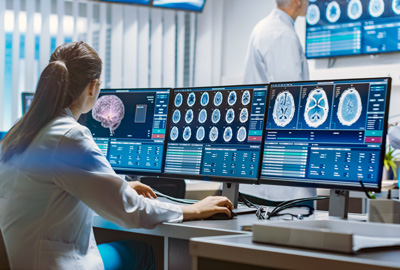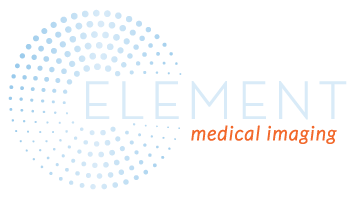Understanding the Vital Role of Diagnostic Imaging in Traumatic Brain Injury Diagnosis and Treatment
Traumatic brain injury (TBI) is a significant public health concern worldwide, affecting millions of individuals each year. Whether resulting from sports-related accidents, vehicular collisions, falls or other incidents, TBIs can have profound and often life-altering consequences. Prompt and accurate diagnosis is crucial for ensuring appropriate treatment and minimizing long-term complications. In this blog post, we delve into the pivotal role of diagnostic imaging in diagnosing and treating traumatic brain injuries.
The Importance of Diagnostic Medical Imaging
 Diagnostic imaging techniques play a pivotal role in the evaluation and management of traumatic brain injuries. While clinical assessment and patient health history are essential components of diagnosis, imaging modalities provide invaluable insights into the extent and nature of brain injury. By visualizing internal structures of the brain, these techniques enable healthcare professionals to make informed decisions regarding patient care.
Diagnostic imaging techniques play a pivotal role in the evaluation and management of traumatic brain injuries. While clinical assessment and patient health history are essential components of diagnosis, imaging modalities provide invaluable insights into the extent and nature of brain injury. By visualizing internal structures of the brain, these techniques enable healthcare professionals to make informed decisions regarding patient care.
Types of Diagnostic Imaging for TBI
Several imaging modalities are commonly employed in the diagnosis of traumatic brain injury. These include:
- Computed Tomography (CT) Scan: CT scans are often the initial imaging modality of choice for patients with suspected TBI. CT scans provide detailed cross-sectional images of the brain, allowing healthcare providers to assess for intracranial hemorrhage, skull fractures and other acute injuries. The speed and accessibility of CT imaging make it particularly valuable in emergency settings for rapid triage and decision-making.
